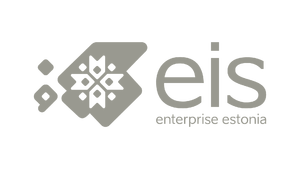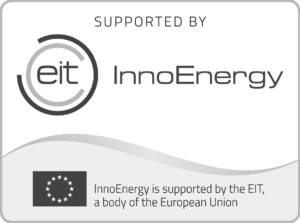18.09.2018
Tartu University Hospital: seeking new solutions in the digital sector
Tartu University Hospital is looking for new service models that are in symbiosis with the existing technical solutions and make use of the new possibilities of technology. Perhaps this will allow us to prevent healthcare from becoming even more expensive?
Chairman of the board of Tartu University Hospital Urmas Siigur says that healthcare costs are skyrocketing throughout the world. “The problem no longer is the com-municable diseases we were fighting half a century ago. The whole Western world is confronted with concerns related to the ageing population, increased incidence of chronic diseases and improved treatment opportunities. As a result, people are living longer and longer with the diseases that they have,” says Siigur.
“There’s a paradox that the expected life-span is growing but the indicator of healthy life expectancy has not grown; this is tending to decrease. Healthcare needs more and more funding, but there is no endless source of it. Thus, in addition to the classic formats such as outpatient appointments, day treatment and in-patient treatment, we must look for new service models that make good use of the possibilities of technology that per-haps didn’t even exist ten years ago. The new models look to reduce the burden on personnel, and patients’ comfort is also important,” says the hospital director. “I don’t think anything will make healthcare cheaper but it could keep it from continuing to get costlier,” he adds.
Novel solutions for problems related to COPD
Tartu University Hospital took part in an innovation programme implemented by the Connected Health cluster. Called COPD IN FOCUS, it focused specifically on chronic obstructive pulmonary disease (COPD) – it looked for new and more effective ways to locate people with COPD and organizing care for them.
“This is a really important disease group and patients continue to acc-rue. People are getting older and living long enough to reach the main target demographic for these diseases,” says Siigur. The solutions for COPD are specific examples of new service models.
The hospital took part as a partner in developing two solutions. The telemedicine solution MyCOPD can be used for home monitoring of severe COPD cases, to prevent flare-ups and support independent coping by the patient. In addition to the Tartu University Hospital Lung Clinic, the teams from the Cognuse and Quretec techno-logy companies have supported the solution. The prototype for the Breathe and Move self-help solution to support patients during rehabilitation was developed as a joint project between the Tartu University Hospital Lung Clinic, the North Estonia Medical Centre Rehabilitative Care Centre, the Tartu Healthcare College and two tech companies, MotionChart and Sentab.
We are looking for new service models, and it’s clear that it’s possible to develop them in certain areas, above all for chronic diseases.
Siigur considers these solutions promising – by monitoring remotely and anticipating flare-ups, the patient gets care earlier, not after the chronic illness has flared up. “We are looking for new service models, and it’s clear that it’s possible to develop them in certain areas, above all for chronic diseases. We can’t develop a good app for acute myocardial infarction, and I’m some-what sceptical about prevention programmes,” says Siigur. “Chronic diseases make up one of the larger components in disease load in a population. It is important to find models that help effectively keep the illness under control and reduce the need for physical contact between doctor and patient as they enable remote monitoring,” he adds. Siigur says monitoring from a distance holds noteworthy future potential.
Ways in which hospitals and business sector could work together
To allow companies to collaborate with the hospital, Siigur says a translation process is needed: “There are many enthusiasts in the health care sector who want to do things differently, but it’s hard to keep up with technological advances. We don’t even know what to ask about what sorts of solutions there might be to problems,” says Siigur, indicating that the translation process must work two ways. “On one hand, doctors must be briefed on potential technologies, and on the other hand we need to bring developers down to earth as there are important limits to various kinds of trials that can be conducted in medicine.”
If a feature is introduced into a modern environment in a user-friendly manner, the solutions are welcomed.
Although medicine is a conservative field, where everything is expected to be evidence based by default, Siigur says changes are already under way: “The new generation is relatively open to adopting attractive tools, and there’s no longer reliance on paper and pen. If a feature is introduced into a modern environment in a user-friendly manner, the solutions are welcomed,” he says.
In addition, Siigur notes that the patient’s own involvement is an aspect that is sure to grow. “We have one solution for headaches that has evolved from within the hospital – the patent can pro-vide information before meeting the doc-tor using algorithm-based questionnaires,” says Siigur.
Ninety-five per cent of Tartu University Hospital’s funding comes from the Estonian Health Insurance Fund and it is thus hard to make export a goal unto itself. “We can export solutions devised collaboratively with tech developers. For instance, we have been working on our own electronic medical history system, which has been marketed in places as far away as Qatar,” says Siigur.












